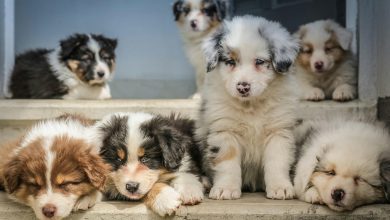How to socialize a dog to reduce aggressive tendencies
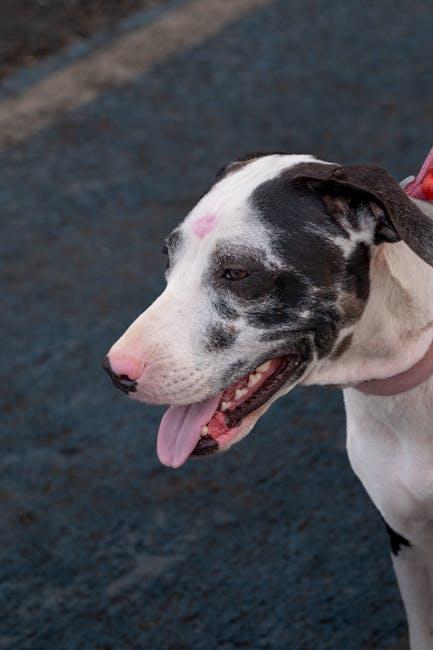
In the heart of every wagging tail lies a universe of potential waiting to be unlocked. Dogs, our loyal companions, possess an innate ability to bring joy and companionship into our lives. Yet, beneath the surface of their playful demeanor, some may harbor aggressive tendencies that can hinder their ability to fully embrace the world around them. As responsible pet owners, it becomes our mission to guide these furry friends through the art of socialization—a journey that not only curbs aggression but also fosters confidence, trust, and harmony. This article delves into the transformative process of socializing a dog, offering insights and strategies to nurture a well-adjusted canine companion, ready to explore the world with a gentle spirit and an open heart.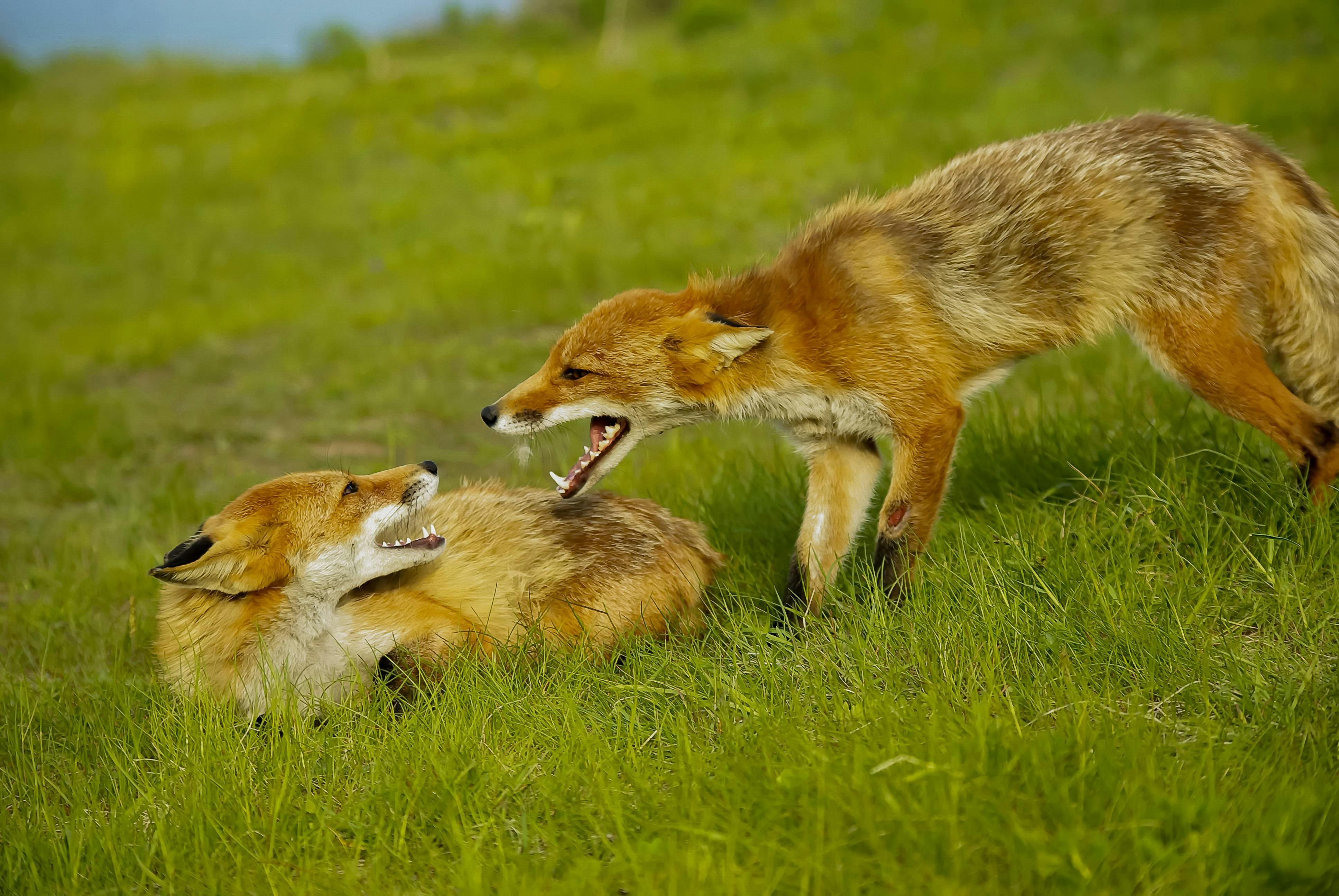
Understanding Canine Aggression: The First Step to Peaceful Paws
When it comes to nurturing a harmonious relationship with your furry friend, understanding the roots of their aggressive behavior is essential. Canine aggression often stems from fear, lack of socialization, or even past trauma. To help your dog blossom into a well-adjusted companion, socialization plays a pivotal role. This process involves introducing your dog to a variety of experiences, environments, and individuals in a controlled and positive manner.
- Early Exposure: Begin socializing your dog as early as possible. Introduce them to different sounds, smells, and sights. This can include walks in the park, visits to pet-friendly cafes, or even playdates with other dogs.
- Controlled Interactions: Ensure that your dog’s encounters with new people and animals are positive. Use treats and praise to reward calm behavior and create a pleasant association with new experiences.
- Gradual Introduction: Start with low-stress environments and gradually introduce more stimulating scenarios. This allows your dog to build confidence and reduces the likelihood of aggressive reactions.
- Consistent Routine: Maintain a regular routine to help your dog feel secure. Consistency in feeding, walking, and playtime provides a sense of stability that can mitigate anxiety-induced aggression.
Remember, patience and persistence are key. Every dog is unique, and their journey towards peaceful paws will be as well. Embrace the process, and in time, you’ll likely find that your furry friend becomes a more relaxed and sociable companion.
Creating Positive Experiences: The Role of Socialization in Behavior Adjustment
Socializing your dog is a vital part of helping them become well-adjusted and less prone to aggressive behaviors. Dogs, much like humans, are social creatures that benefit from positive interactions with their environment. The key is to introduce your dog to new experiences gradually, ensuring each interaction is pleasant and stress-free. Start with controlled settings where your dog can meet new people and other dogs in a safe and supervised manner. This can include puppy classes, dog parks, or even organized playdates with other dogs.
When socializing your dog, focus on creating positive associations with each new experience. Use treats, praise, and affection to reinforce good behavior and calmness. If your dog shows signs of fear or aggression, it’s important to remain calm and remove them from the situation to prevent negative associations. Over time, gradually increase the complexity of social situations as your dog becomes more comfortable. Remember, patience and consistency are crucial in helping your dog develop the confidence and social skills they need to thrive.
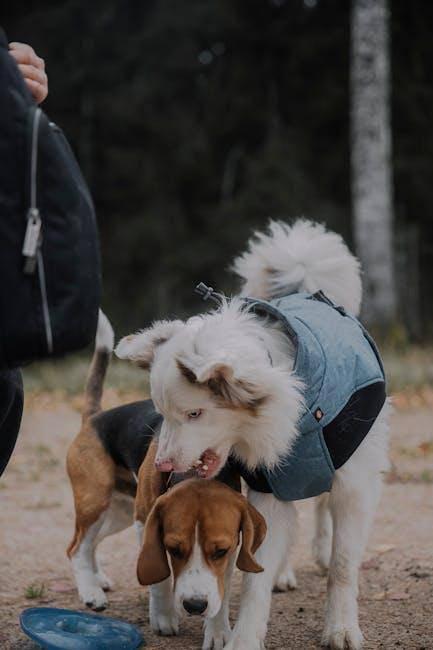
Tailored Training Techniques: Strategies for Managing Aggressive Behaviors
Every dog has a unique personality, and understanding the root cause of aggressive behaviors is crucial for effective socialization. Start by introducing your dog to new environments gradually, ensuring that each encounter is a positive experience. This can be done through controlled exposure to different stimuli, such as meeting new people, other dogs, or unfamiliar sounds. Keep these interactions brief and reward your dog with treats and praise to reinforce calm behavior.
- Use positive reinforcement techniques to encourage desired behaviors.
- Incorporate obedience training into daily routines to build confidence and trust.
- Introduce calming exercises like deep pressure therapy or soothing music during stressful situations.
- Establish a consistent routine to provide a sense of security and predictability.
It’s important to recognize the signs of stress or discomfort in your dog, such as growling, barking, or body stiffness. By acknowledging these signals, you can adjust your approach and provide the necessary support. Collaborating with a professional trainer or behaviorist can also offer tailored guidance to manage and reduce aggressive tendencies effectively. Remember, patience and consistency are key to helping your dog become a well-socialized and balanced companion.
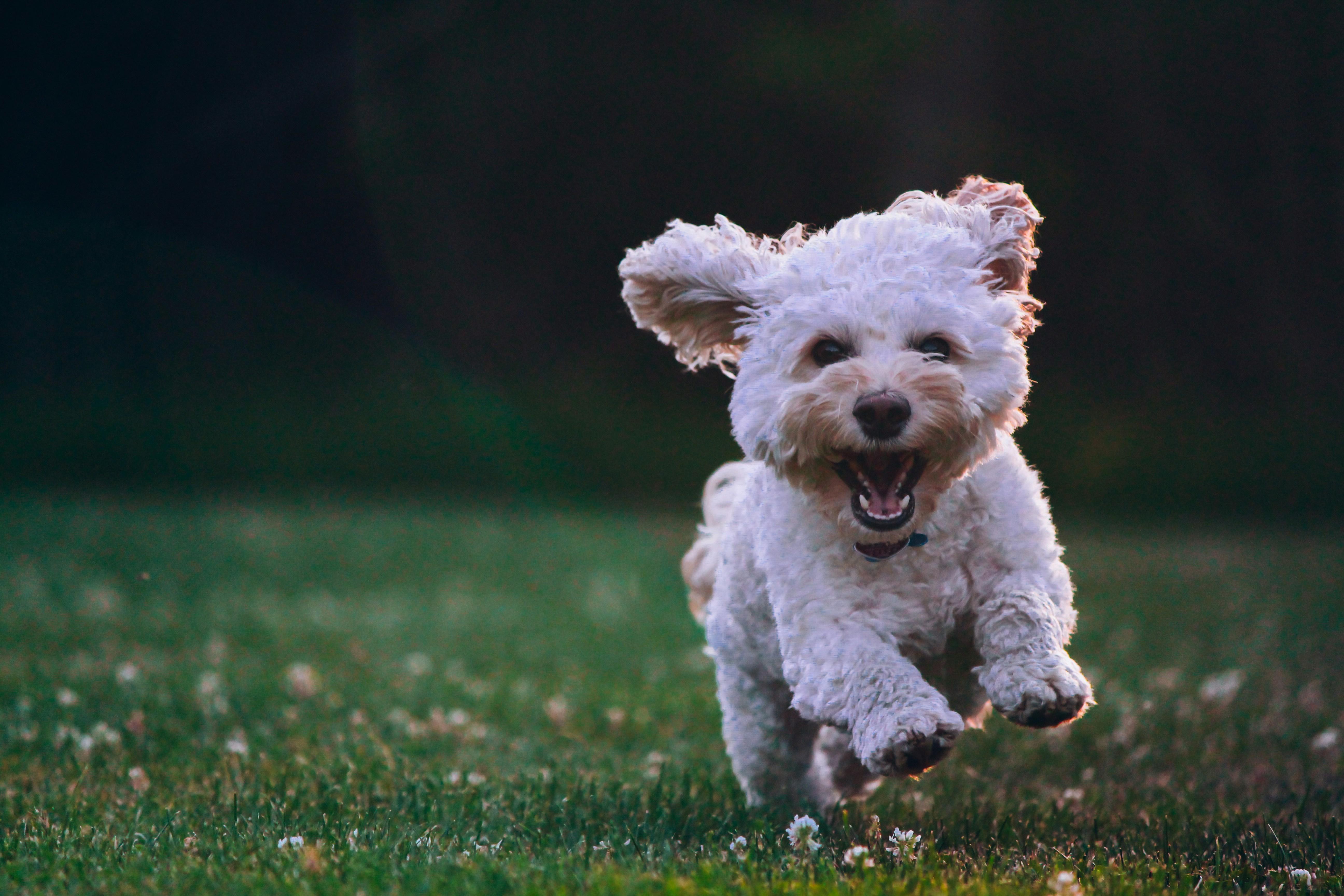
Building Trust and Confidence: Strengthening the Human-Dog Bond
Socializing your dog is an essential part of nurturing a harmonious relationship, creating a safe and fulfilling environment for both you and your furry companion. Begin by introducing your dog to a variety of environments and situations, allowing them to experience new sounds, sights, and smells. This exposure can help minimize fear-based reactions and build a sense of security. Consider organizing controlled playdates with well-behaved dogs, as peer interaction is invaluable for teaching appropriate behavior and communication skills.
- Positive reinforcement: Reward calm and friendly behavior with treats and praise.
- Consistency: Regular socialization sessions are key to lasting behavioral improvements.
- Patience: Allow your dog to approach new experiences at their own pace, ensuring they feel safe and supported.
Remember, the goal is to create a positive and stress-free learning environment, where your dog can confidently navigate the world around them. By fostering trust and confidence, you’ll not only reduce aggressive tendencies but also strengthen the bond you share.


